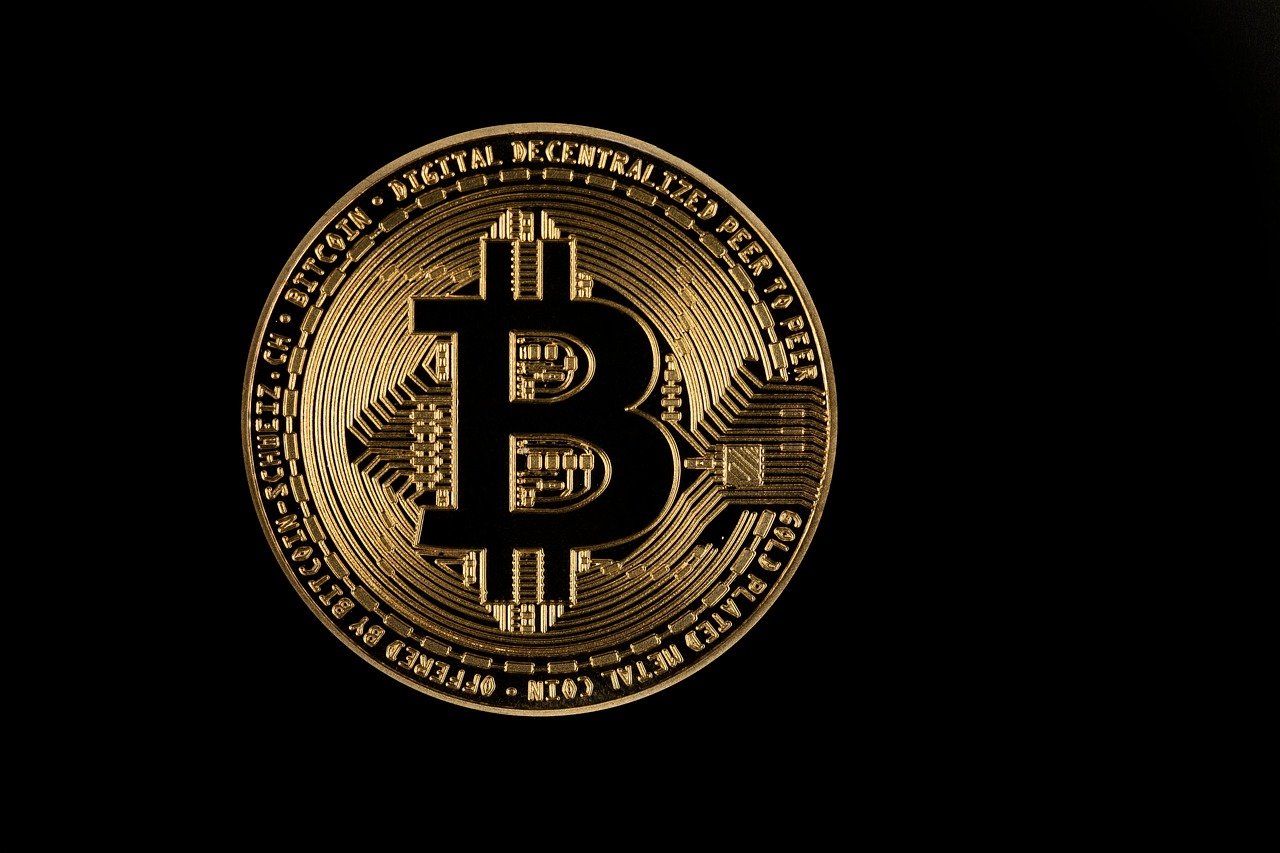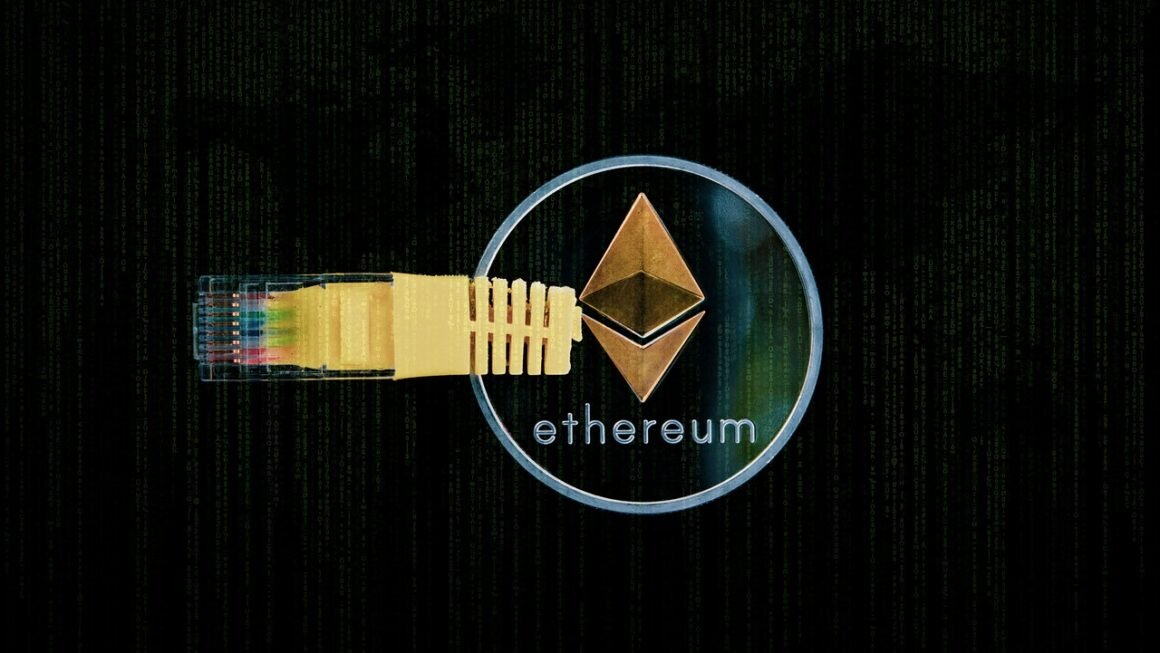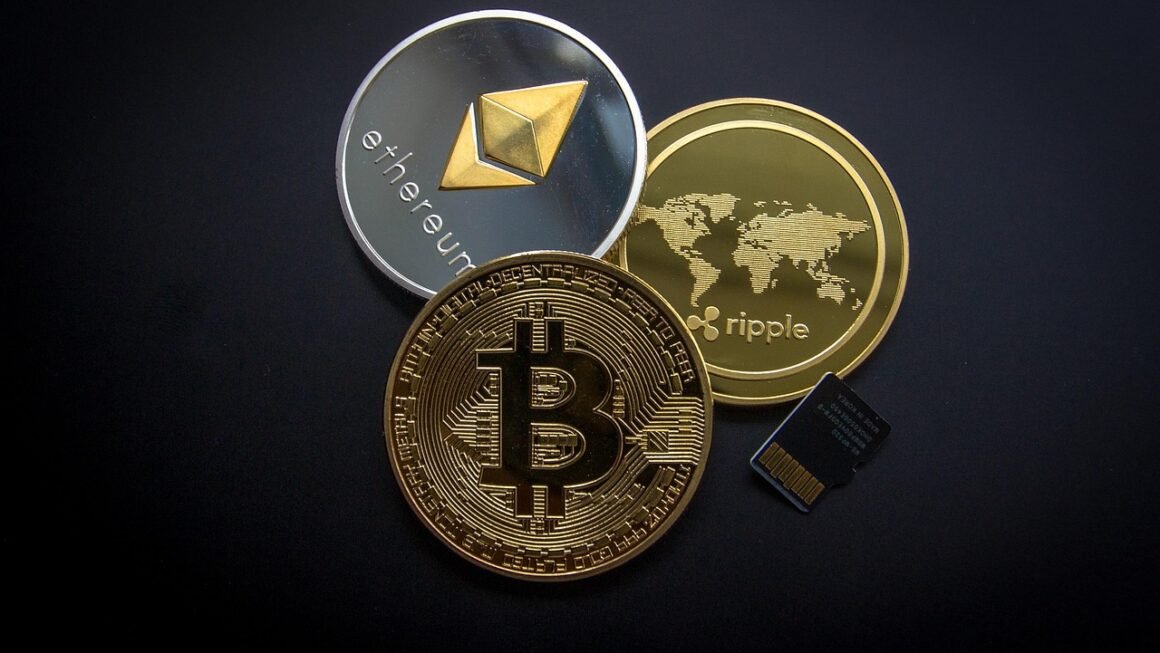Oracles are the unsung heroes bridging the gap between the isolated world of blockchains and the messy, unpredictable reality outside. Without them, smart contracts would be stuck in a digital echo chamber, unable to react to real-world events like price fluctuations, weather conditions, or election results. But what exactly are oracles, how do they work, and why are they so crucial to the future of decentralized applications (dApps)? Let’s dive in.
Understanding Blockchain Oracles
What is a Blockchain Oracle?
A blockchain oracle is a third-party service that supplies smart contracts with external data. Smart contracts, by design, cannot access external information on their own. They operate within the secure, isolated environment of the blockchain. Oracles act as trusted intermediaries, fetching data from various sources and relaying it to the smart contract in a verifiable and secure manner. Think of them as the eyes and ears of the blockchain, allowing it to interact with the real world.
- Data Sources: Oracles can gather data from a wide range of sources, including:
APIs (Application Programming Interfaces)
IoT devices (Internet of Things)
Websites
Payment systems
Centralized databases
- Data Delivery: The oracle then structures and formats this data in a way that the smart contract can understand and utilize.
- Verification: Crucially, reliable oracles also employ mechanisms to ensure the data’s accuracy and authenticity, mitigating the risk of malicious or compromised information.
Why are Oracles Necessary?
Without oracles, the functionality of smart contracts is severely limited. Consider a simple example: a smart contract designed to automatically pay out insurance claims based on weather conditions.
- Without an oracle, the smart contract has no way of knowing the actual weather conditions at the time of the claim.
- An oracle provides this real-world data, allowing the smart contract to automatically verify if the conditions for a payout have been met.
This principle applies to countless other use cases, from decentralized finance (DeFi) to supply chain management and beyond. Oracles unlock the potential of smart contracts to automate complex processes based on real-world events, creating more efficient, transparent, and trustworthy systems.
The Oracle Problem
The “Oracle Problem” refers to the challenge of ensuring the trustworthiness of the data provided by oracles. Because smart contracts rely on oracles, the security and reliability of the entire system depend on the integrity of the oracle. If an oracle provides inaccurate or manipulated data, the smart contract will execute incorrectly, potentially leading to financial losses or other undesirable outcomes.
- Trust Assumptions: Oracles introduce a level of trust into the otherwise trustless environment of the blockchain. Users must trust that the oracle is providing accurate and reliable data.
- Mitigation Strategies: Various techniques have been developed to mitigate the Oracle Problem, including:
Decentralized Oracles: Using multiple oracles to provide data and averaging the results.
Reputation Systems: Establishing systems to rate and rank oracles based on their past performance.
Incentive Mechanisms: Designing systems that incentivize oracles to provide accurate data and punish those who provide false data.
Types of Blockchain Oracles
Blockchain oracles can be categorized based on several different factors. Understanding these classifications helps in choosing the right oracle for a specific application.
Source of Data
- Software Oracles: These oracles retrieve information from online sources, such as websites, APIs, and databases. They are the most common type of oracle and are used for a wide range of applications, including price feeds, weather data, and sports scores.
Example: A DeFi protocol using a Chainlink price feed to determine the exchange rate between two cryptocurrencies.
- Hardware Oracles: These oracles collect data from the physical world using sensors and other hardware devices. They are used for applications such as tracking shipments, monitoring environmental conditions, and verifying the authenticity of products.
Example: A supply chain management system using an IoT sensor to track the temperature of a refrigerated shipment and ensure that the goods remain within acceptable limits.
Direction of Information
- Inbound Oracles: These oracles bring data from the external world into the blockchain. This is the most common type of oracle.
Example: An oracle providing voting results from an off-chain election to a smart contract on the blockchain.
- Outbound Oracles: These oracles send data from the blockchain to the external world. They are used for applications such as triggering payments, sending notifications, and controlling IoT devices.
Example: A smart contract using an oracle to trigger a payment to a supplier once a shipment has been confirmed as delivered.
Trust Model
- Centralized Oracles: These oracles are controlled by a single entity. While they can be more efficient, they also introduce a single point of failure and are more vulnerable to manipulation.
Example: A centralized exchange that acts as an oracle by providing the price of a particular cryptocurrency.
- Decentralized Oracles: These oracles use a network of multiple, independent sources to provide data. This increases the security and reliability of the data and reduces the risk of manipulation.
Example: Chainlink, which uses a network of independent node operators to provide price feeds to DeFi protocols.
Popular Blockchain Oracle Networks
Several prominent blockchain oracle networks have emerged, each offering unique features and capabilities.
Chainlink
Chainlink is arguably the most well-known and widely used decentralized oracle network. It provides a secure and reliable way for smart contracts to access a wide range of real-world data.
- Decentralized Data Feeds: Chainlink uses a network of independent node operators to aggregate data from multiple sources, ensuring that the data is accurate and reliable.
- Security: Chainlink employs various security mechanisms to protect against data manipulation and other attacks.
- Extensive Data Availability: Chainlink provides access to a wide range of data, including price feeds, weather data, sports scores, and more.
- Use Cases: Chainlink is used in a wide range of applications, including DeFi, insurance, and supply chain management.
Example: A decentralized lending platform using Chainlink price feeds to determine the collateralization ratio for loans.
Band Protocol
Band Protocol is another popular decentralized oracle network that provides a secure and reliable way for smart contracts to access real-world data.
- Cross-Chain Compatibility: Band Protocol is designed to be compatible with multiple blockchains, making it easy for developers to integrate it into their applications.
- Customizable Data Feeds: Band Protocol allows developers to create custom data feeds tailored to their specific needs.
- Speed and Efficiency: Band Protocol is designed to be fast and efficient, making it suitable for applications that require real-time data.
- Use Cases: Band Protocol is used in a variety of applications, including DeFi, prediction markets, and gaming.
Example: A prediction market using Band Protocol to determine the outcome of an event.
Tellor
Tellor is a decentralized oracle network that uses a network of miners to provide data to smart contracts.
- Incentivized Data Reporting: Tellor uses a system of incentives to encourage miners to provide accurate data.
- Transparency: Tellor’s data reporting process is transparent and auditable, making it easy to verify the accuracy of the data.
- Cost-Effectiveness: Tellor is designed to be cost-effective, making it accessible to developers of all sizes.
- Use Cases: Tellor is used in a variety of applications, including DeFi, insurance, and gaming.
* Example: An insurance platform using Tellor to determine the payout amount for claims based on real-world events.
Building with Oracles: Practical Tips
Integrating oracles into your smart contracts requires careful planning and execution. Here are some practical tips:
- Choose the Right Oracle: Select an oracle network that meets your specific needs in terms of data accuracy, security, cost, and cross-chain compatibility. Research the reputation and reliability of different oracle providers.
- Understand the Data Source: Thoroughly investigate the data sources used by the oracle. Ensure that the data is accurate, reliable, and relevant to your application.
- Implement Data Validation: Even with trusted oracles, implement data validation checks within your smart contract to verify the integrity of the data received. This can include range checks, sanity checks, and comparisons with other data sources.
- Consider Decentralization: Opt for decentralized oracle networks to minimize the risk of single points of failure and data manipulation.
- Use a Data Aggregator: To enhance reliability, consider using a data aggregator that pulls data from multiple oracles and averages the results. This can help to mitigate the impact of errors or malicious behavior by individual oracles.
- Implement Fallback Mechanisms: Design your smart contract to handle situations where the oracle data is unavailable or unreliable. This could involve using default values, pausing functionality, or triggering manual intervention.
Conclusion
Oracles are essential for bridging the gap between blockchains and the real world, enabling smart contracts to interact with external data and automate complex processes. Understanding the different types of oracles, the challenges they address, and best practices for integration is crucial for building secure and reliable decentralized applications. As the blockchain ecosystem continues to evolve, oracles will play an increasingly important role in unlocking the full potential of smart contracts and driving innovation across various industries. By carefully selecting and integrating oracles into your projects, you can create more robust, versatile, and impactful decentralized solutions.



